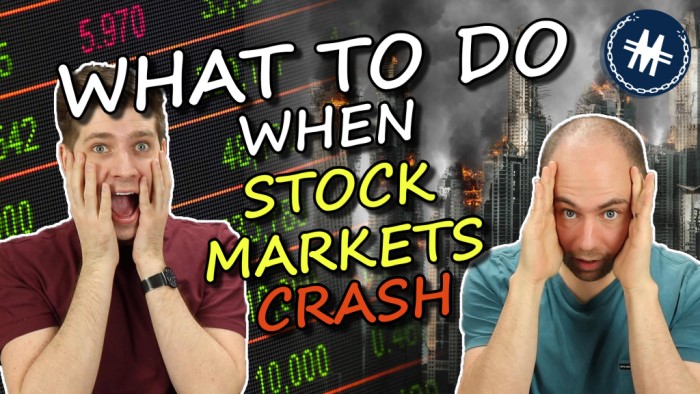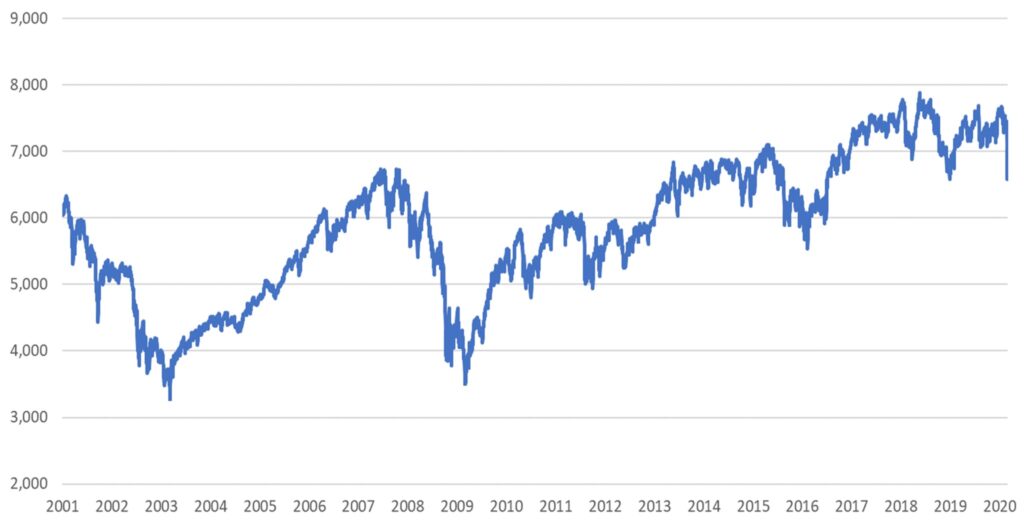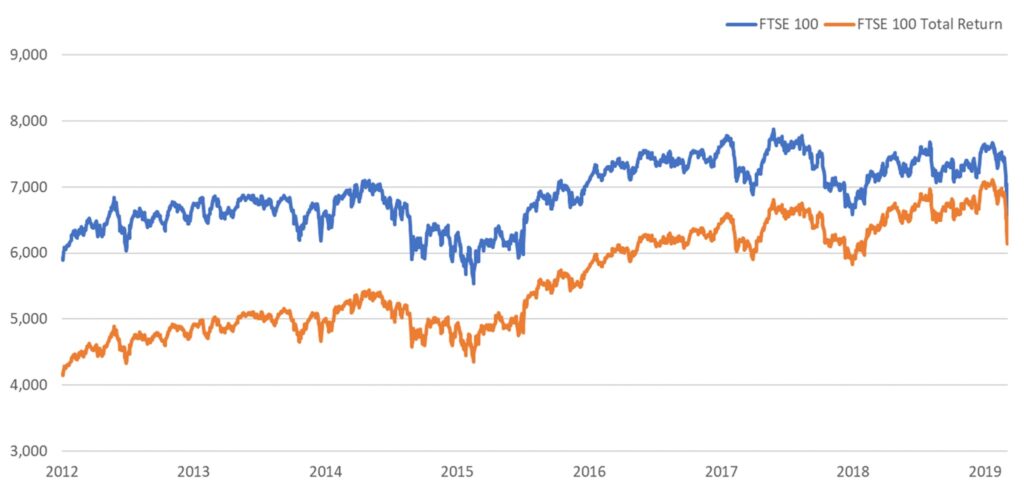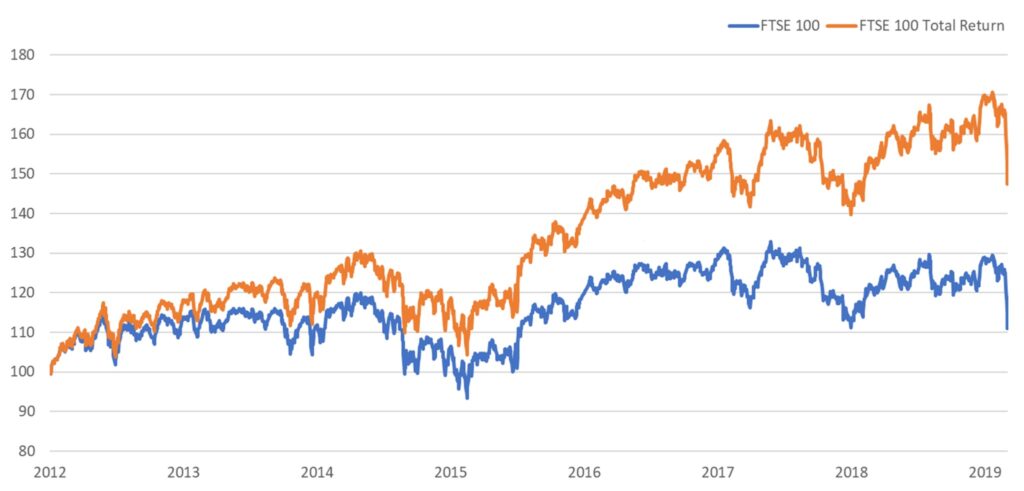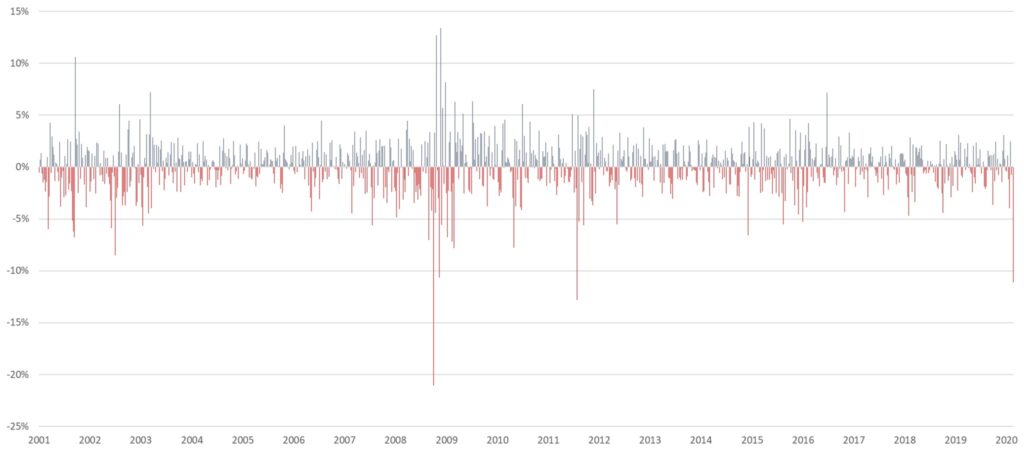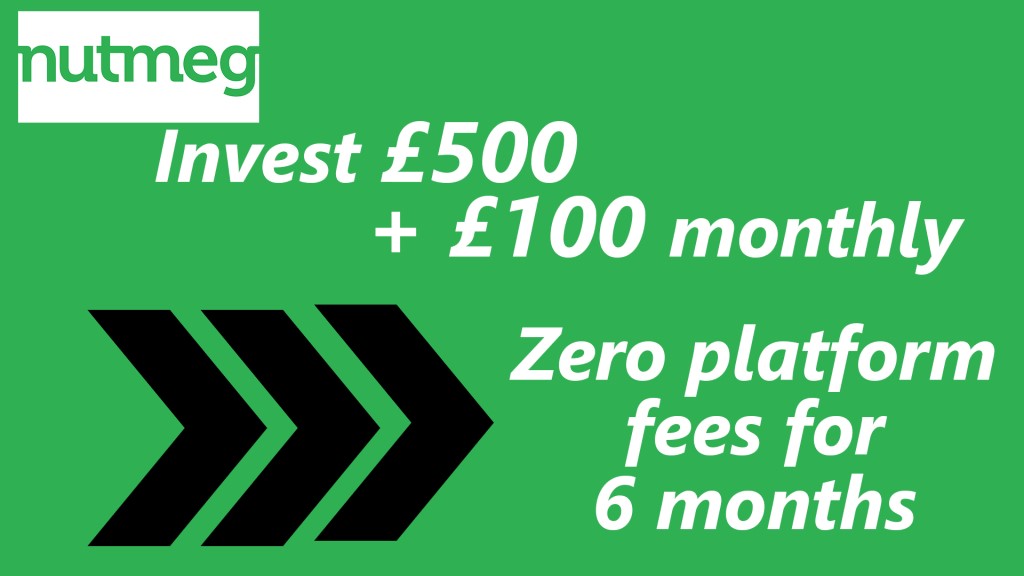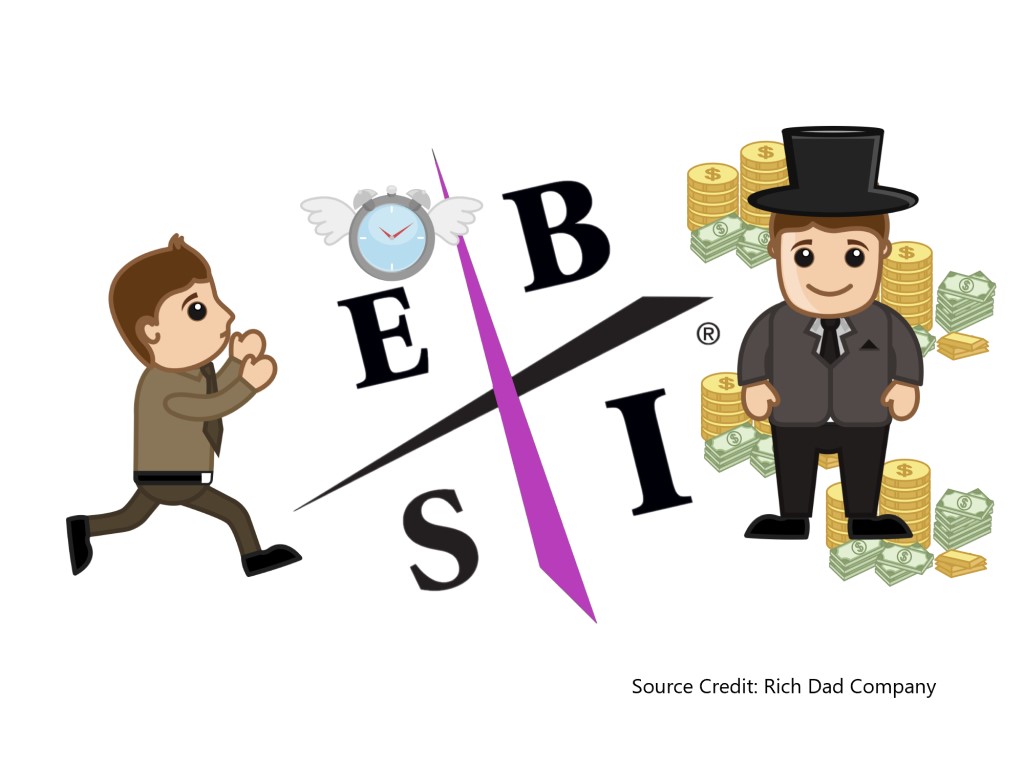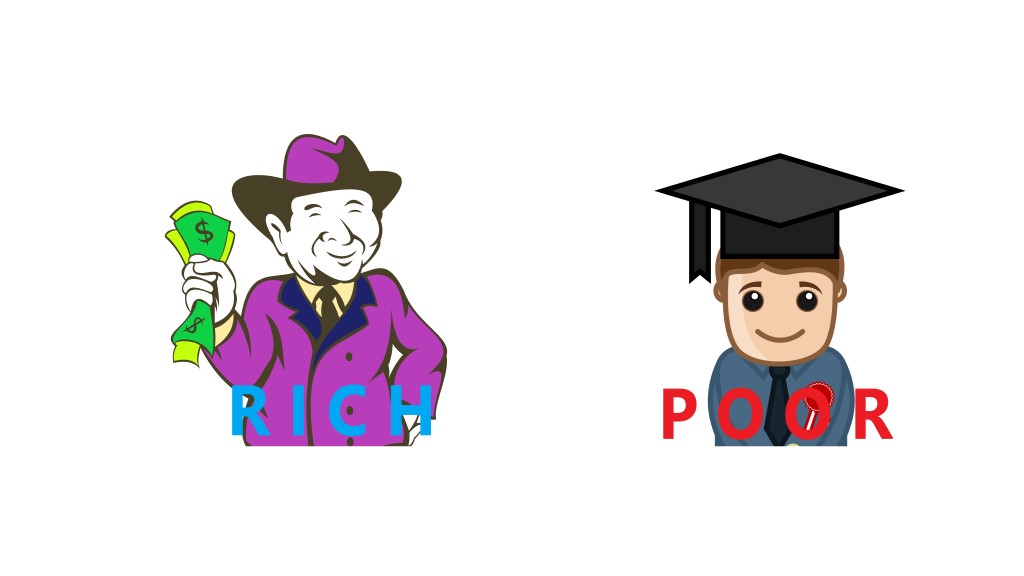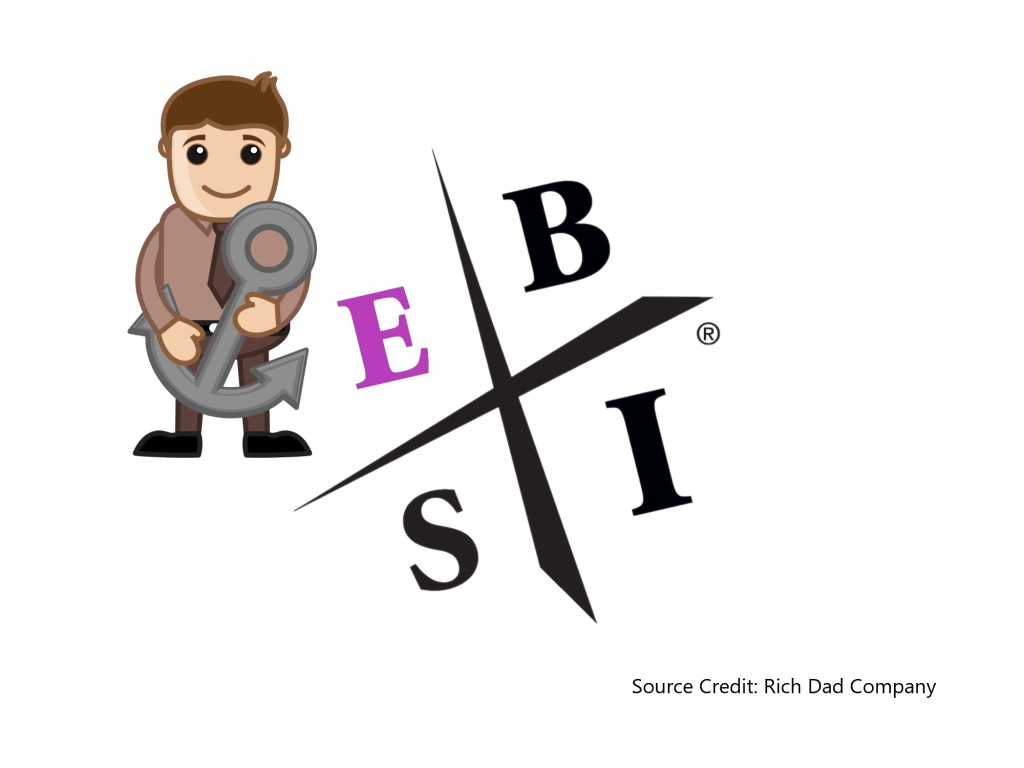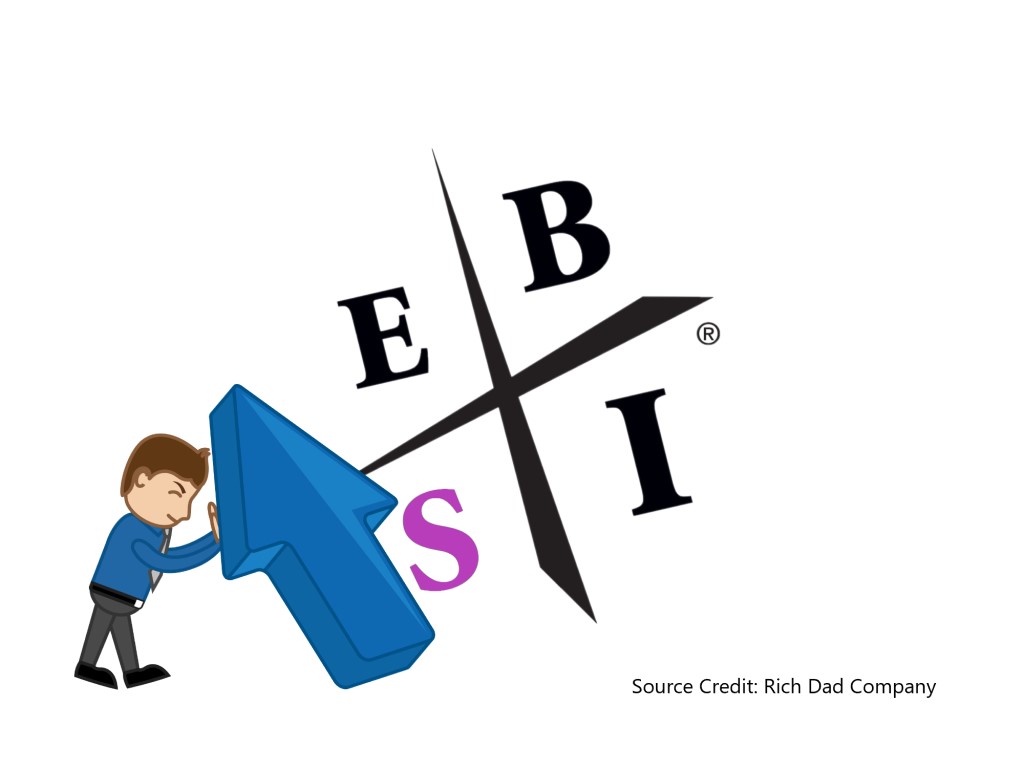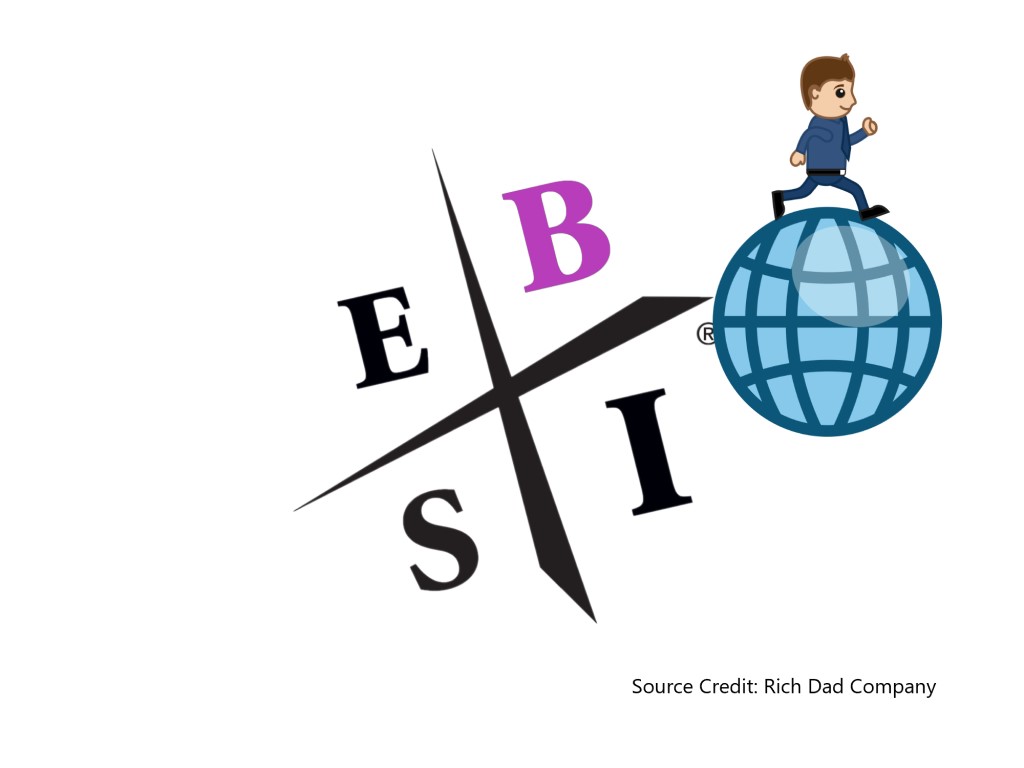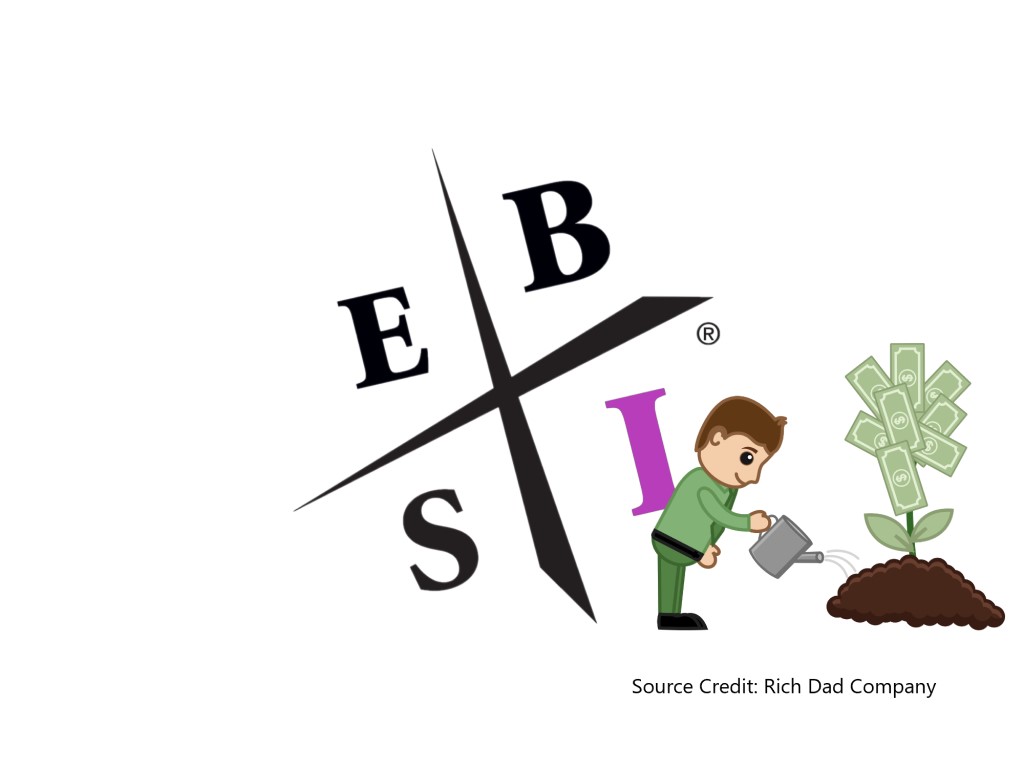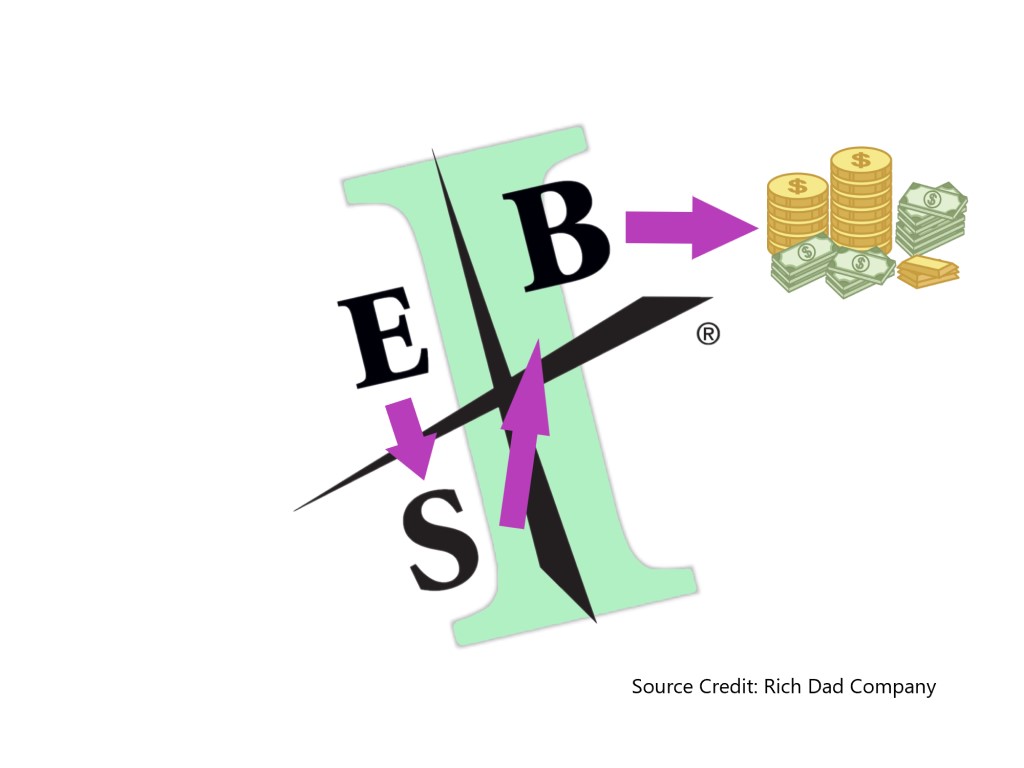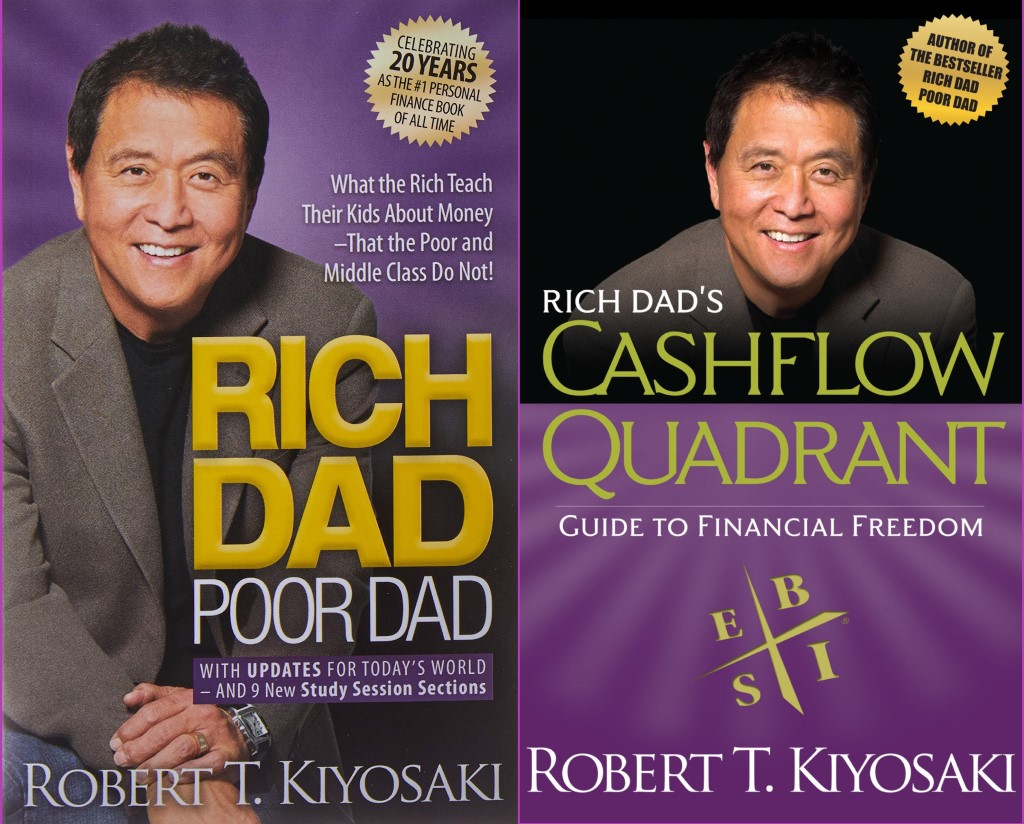Disposable Income is what you have left from your pay after you’ve tossed the rest up the wall on bills, basic foods to live, essentials, and given the tax man his due.
For most people in the UK, this number will be around zero – hopefully, on the positive side of zero – while for many the number will be deep in the red – payday loan time.
We are comfortable financially because we are investors – and we can afford to be investors and buy stocks, property and other people’s debt because we make sure our disposable incomes are well above zero each month.
This video covers the basic life hacks you can use to ratchet up your disposable income by several hundred quid a month, so that you can be in a position to be a serious investor – or if the fancy takes you, to have a load more money to toss up the wall.
5 easy life hacks to massively boost your disposable income… let’s check it out!
Editors note: Links to many of the cash boosting bonuses mentioned below can be found on the Offers page, including one of the top Peer-to-Peer Lending platforms in the UK: open a new account with RateSetter for as little as £10 you will get a £20 cash bonus!
YouTube Video > > >
Life Hack #1: Take Advantage of All the Free Money on Offer
By far the easiest way to crank up your disposable income is to take advantage of all the free money being given away by companies vying for your custom.
If you regularly take advantage of this type of deal, of which there are always more and more of, you will have more disposable income to play with.
Investment Platform Bonuses
Including all of links that are on MoneyUnshackeld.com, linked below – you can sign up to an investment platform and they give you £50/£100/£200 cash reward for your trouble.
This is making extra money from a thing you should be doing anyway – investing for future financial freedom.
Switching Banks
At time of writing, HSBC are giving away £175 to new customers who open an account with them, and First Direct are giving away £100 for the same thing.
These deals may not be live by the time you are read this, but this proves our point – there are constantly new deals of this type on the market, and in theory you could switch your bank account every month and scoop up those wicked bonuses.
£175 just for switching a bank account one month – that’s more than most people’s disposable income to begin with!
In fact, while writing I thought, “really it’s criminal that £175 is just sitting there crying out to be taken”, so I actually did take 5 minutes to switch my bank account to HSBC. £175 headed my way for doing jack-all!
Change Your Providers
Not only to save money on the cost of bills, but also to take advantage of more sweet cash hand-outs. Octopus Energy, who I have also signed up with, give you a £50 cash reward when you switch your gas and/or electricity to them.
There will be other similar cashback offers all over the internet that could also be taken advantage of!
More cash for doing practically nothing. Plus, they happen to be one of the cheapest providers on the market, and rated Excellent by 92% of people on Trustpilot for their customer service.
This offer is only available through special links like the one on our website – don’t sign up direct or you’ll miss out!
Credit Card Stoozing
A way to start saving more now – you get a 0% credit card and use it to pay for all of your expenses.
This leaves your current account balance healthier, and you have more cash to play with. Stoozing could even be used for investing for those who are brave.
This is only a strategy for the financially confident and should not be tried if you have had problems with debt in the past, or aren’t good with money management generally.
You will have to pay back the credit card balance eventually, before it slips from the 0% rate to something far higher, usually after 2 or so years.
The brilliance of credit card stoozing is that you can invest the money you would have spent on expenses now, and make interest or dividends from it. So long as you have a plan to pay that balance back at the end of the deal term.
Andy took advantage of a 0% interest period for 4 years when he purchased his sofas. By investing the money he otherwise would have had to spent upfront he effectively reduced the cost of the sofas by around 25%. Sweeeeet!

Earn While You Spend
Many websites offer you cash back on your receipts, or when you take out a subscription or other purchase online.
The site we use is called TopCashback – Andy actually made £1,200 on this site by buying things that he was going to buy anyway. Some people have reportedly made many thousands!
Life Hack #2: Cashflow Investing
Can it be that we are only on Lifehack Two? There’s just so much free money lying around!
This lifehack involves investing in cashflowing assets – if your aim is to invest your disposable income anyway, start with this type of investment instead of focusing on capital gains – then you can choose how to reinvest or even spend the income.
And those of you who haven’t thought about investing before – get thinking!
Assets that Cash-Flow
Cash-flowing assets include rental property (also known as buy-to-let), Peer to Peer Lending, and dividend paying stocks and funds. Anything that pays out cash regularly, instead of you having to sell it to get the gains.
For most starting out, it will be P2P Lending and high-dividend paying funds that will be within your price range, as buy-to-let property usually needs upfront investment of £30,000+ for the deposit.
It is these types of asset classes that pump out cash to supplement your disposable income.
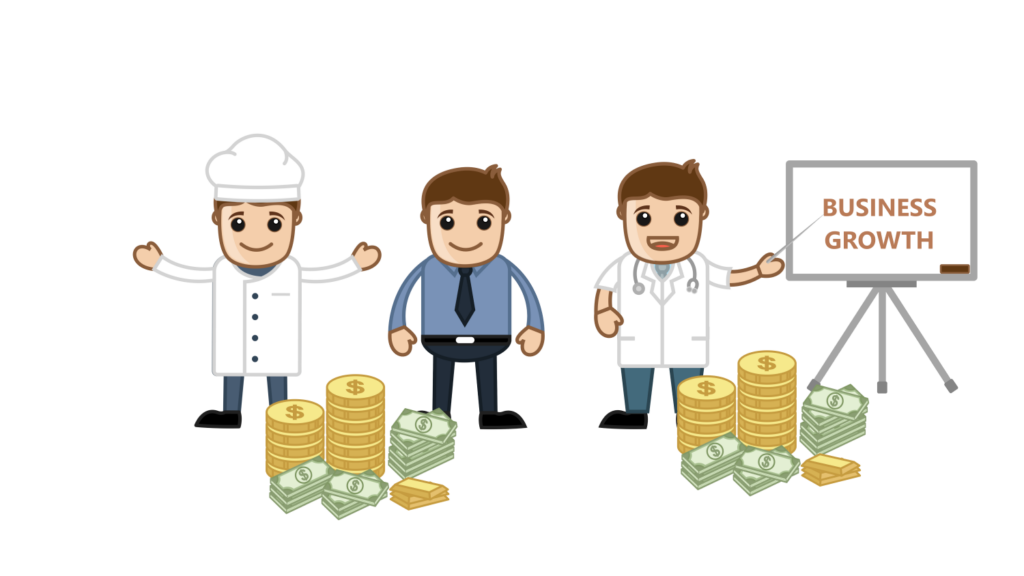
Peer-to-Peer Lending
P2P works by you lending your savings to businesses and individuals who want to borrow them, and you get paid a high interest rate. There is usually some form of protection built into the system to defend your investment from defaults, such as a provision fund, or being backed by business property.
If you had savings of £9,000 in a P2P Lending platform in active loans paying 6.5% interest, it would pay you £50 a month in interest. Sweet!
This is an investment, so capital is at risk, but in our view the risk is low compared to shares and many other asset classes when properly diversified across platforms.
Again, this is one way that both of us significantly improve our monthly disposable incomes.
Property
Buy-to-let might be expensive but it’s not to ignored. I get around a third of my income from rental property, hundreds from each. Maybe this is something you can benefit from too.
Life Hack #3: Affiliate Marketing and Advertising
Online
Fans of South Park may have seen an old episode where the guys make 1 million “theoretical” dollars on YouTube when a video they make goes viral. The episode when it was released in 2008 was making the point that back then people couldn’t make money online even when their content is great.
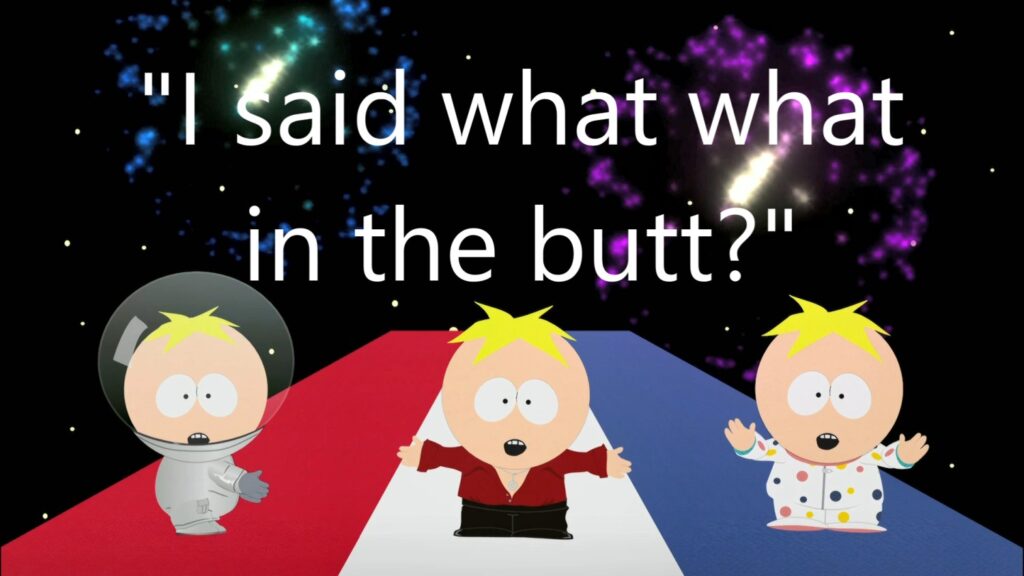
This is happily no longer the case! Affiliate marketing and pay-per-click advertising is the answer to how millions of ordinary people can make extra money online from their channel, website or blog.
If you have a space on the internet that people want to visit, you can supplement your disposable income by letting other companies advertise on there, just like the 3rd party advert you’d probably skip past at the start of the video version of this article!
Or you can put a link on your website to a product that you think your readers may be interested in purchasing from a 3rd party.
The most commonly used affiliate links are from the Amazon Affiliate program, where if people buy a product on Amazon via a link you provided, you get a small share of the sale proceeds.
The key to making a success of affiliate marketing is volume. You usually get a pittance per click, so you need a big audience doing the clicking.
How do you get a big audience? By being genuinely awesome, and providing useful or entertaining value. Let us know how we’re doing on that front in the comments!
Physical
Getting paid for advertising other people’s stuff isn’t limited to cyberspace. Car Quids are a company who will pay you to display company logos and slogans on your car.
If you drive regularly through a city or population centre, or major motorway, your chances of being selected as an advertising partner are improved.
Life Hack #4: Side Hustle
Perhaps taking the previous Hack to the next step, a side hustle is a business that you set up and run in your evenings and weekends outside of the grinding hours of work.
You need to be committed to the money-making cause to invest your free time like this!
A home business could be a website selling products you’ve made, a blog/YouTube channel reaching the masses with an online store similar to what we do, or again could be in the real world selling things locally.
This last one could bring the fastest immediately results, actually selling things or time locally. But the beauty of an internet based business is scalability – your customer base is the planet Earth.

Life Hack #5: Requalify
Requalify can mean 1 of 2 things:
Official Qualifications
Wage-slaves toiling in the mine of a job they hate will usually seek out a new nationally recognised qualification that will allow them to step up in their career or step sideways into a new one.
You might even seek a new qualification to escape the rat race and start a small business, such as a Receptionist deciding that she’d be happier and make more money as a self-employed fitness instructor. Even that would require her to have specific recognised qualifications.
Unofficial Levelling Up
Do you think anyone cares what qualifications Bill Gates has? Or Jeff Bezos? Of course not!
The internet is littered with spaces that you can level up your skill base for a small fee: Udemy; Khanacademy; Codeacademy; Google Digital Garage; or better yet for free on YouTube. By learning new skills you can make more money.
Bill Gates taught himself programming. He used it to create Windows, which in turn created him 110 billion dollars.
Learning new skills is never a waste of time, and ideas for starting businesses aften come as a result of having a unique skillset that makes you a gap in the market.
What business might you have started if you’d taught yourself Spanish, programming, barista coffee making, carpentry, and engine repair? We have no idea! But we’re betting your skillset would be unique and show you ways into a market niche.
Get that disposable income flowing, starting by scooping up all that free cash lying around that we covered in Life Hack #1 – go back and take notes because it adds up to a tidy sum! And get thinking about levelling up as well as adding extra income streams onto your life.
What’s your disposable income, the amount left over each month that you can invest or save? Let us know in the comments section, along with what you’ll be doing to increase it!
Written by Ben


